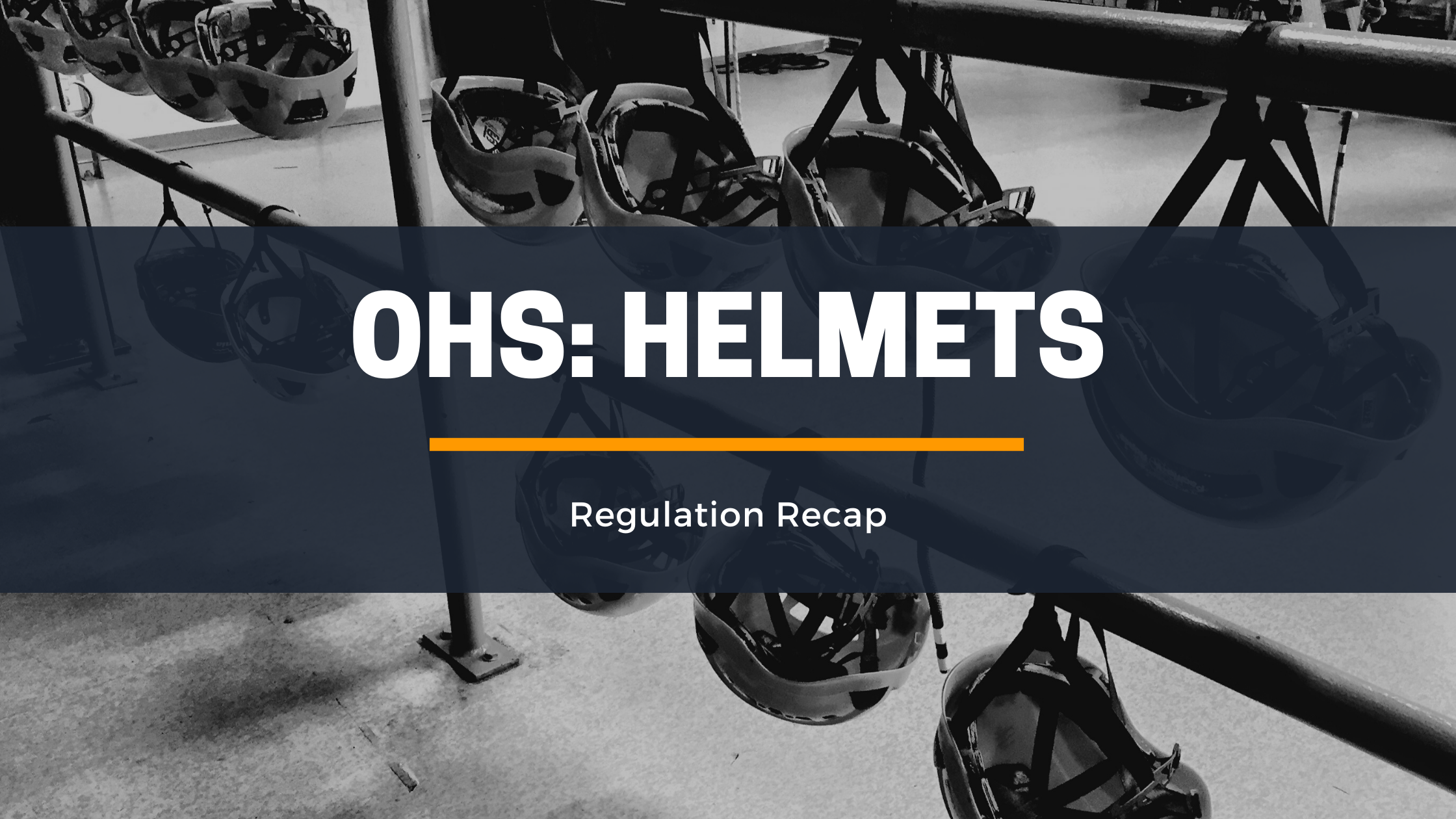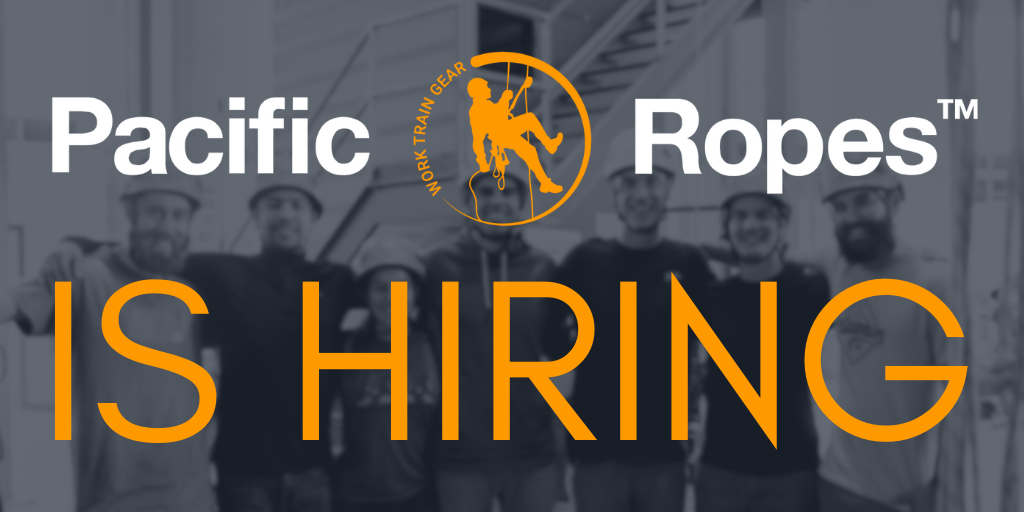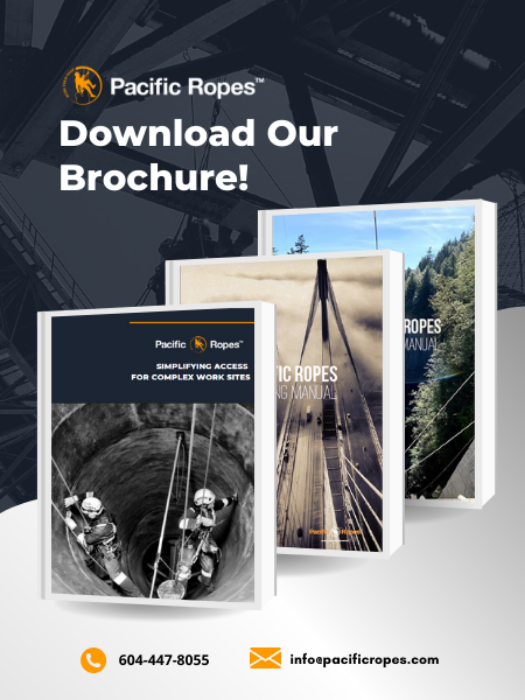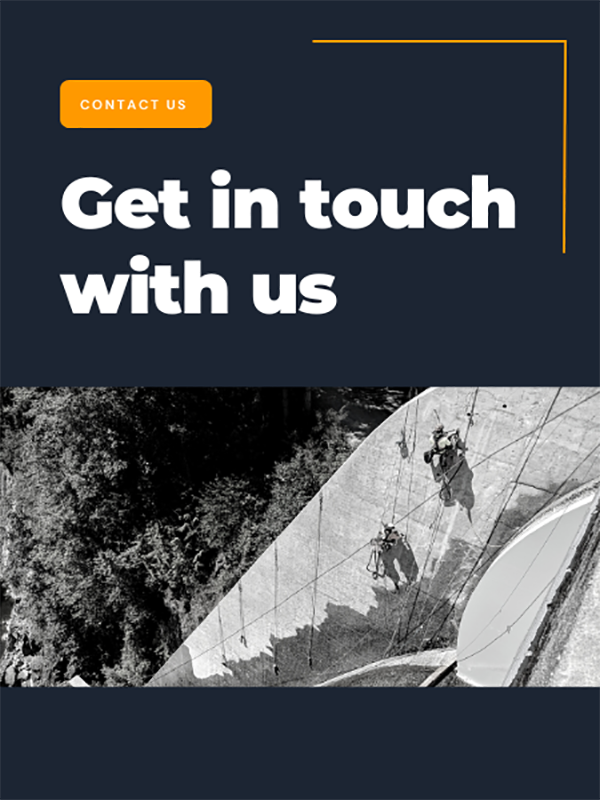**DISCLAIMER: This is not the official WorksafeBC website. The posts below are merely our interpretation and not official WorksafeBC regulation. To make sure you comply, please visit https://www.worksafebc.com/en.

In their regulations, WorkSafe BC has a section just about helmets. Your helmet can save your life, and even if this practice is not enforced by your superiors on the job site, you are required to always wear your helmet on as soon as you perform any rope access work.
If there’s a danger of head injury from” falling, flying or thrown objects, or other harmful contact” you should have your helmet on. No exceptions.
WorkSafe BC specifies that you should be wearing headgear that:
1. Is appropriate to the type of work you’re doing.
If there is a possibility of an object hitting you on the side of your head, you’ll need headgear that meets The CSA standard CAN/CSA-Z94.1-92. While most industrial safety headgear has only been designed to protect you from an impact coming from above, this standard certifies that the headgear provides additional horizontal protection.
If you’re exposed to an electrical hazard, then the headgear needs to have an appropriate non-conductive rating.
Other additional standards and requirements may apply, depending on the type of work you’re doing.
2. Has a chin strap, and a minimum of three points of connection to the helmet shell.
If you’re working at any height exceeding 3 m, or you’re exposed to high winds or other conditions that could lead your helmet to inadvertently get knocked off your head, then you’ll need a chin strap. This chin strap protects you and others in several ways:
- It keeps it on your head, making sure that you’re always protected while doing your work (you wouldn’t want to lose it, and then have to ascend or descend unprotected), and in the case of a fall.
- It prevents the potential hazard of your helmet turning into a falling object that could hurt those working below you.
If you’re working on the ground or on a deck enclosed by guardrails, you’re not generally expected to wear a helmet with chin straps.
3. Is secured in accordance with the specifications of the manufacturer.
If you're wearing a helmet with a chin strap, you should have those chin straps buckled, even if you're on the ground.
4. Meets the requirements of one or more of these standards:
- CAN/CSA-Z94.1-05 - Industrial Protective Headwear — Performance, selection, care, and use
- ANSI/ISEA Z89.1-2009 American National Standard for Industrial Head Protection
- EN 12492:2012 Mountaineering equipment. Helmets for mountaineers. Safety requirements and test methods
- (iv) EN 397:2012+A1:2012 Industrial safety helmets (published April 30, 2013);
- UIAA 106 Mountaineering and Climbing Equipment — Helmets (published January, 2009).
WorkSafe BC outlines a few exceptions to these standards, mostly related to at-height and high impact sports. These exceptions don’t apply to rope access operations. That said, read up on their guidelines anyway in Part 8.11 – Safety Headgear. There’s lots in this section we’ve summarized for you above, but it’s always helpful to read through the source material.
Check out the helmets we have in stock here!



